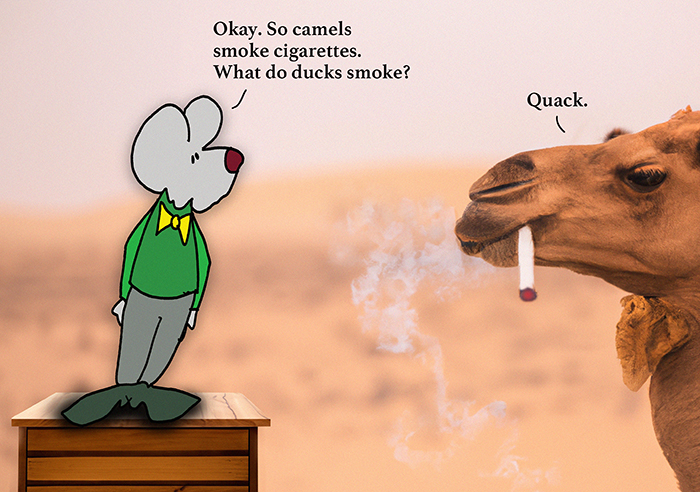Time is flying. We are nearing the end of page-turner month. Yesterday, I took a look at the cats in our world. In that commentary, I mentioned that cats walk like camels. Both right legs at the same time, both left legs at the same time.
But it got me thinking about those camels.
Of course, we know them as the animal first. They are unique in their appearance. They are large, long-necked, and hoofed mammals. And they live in arid countries. They walk well on the sand with their long slender legs and broad, cushioned feet. And then there is their signature marker. They have either one or two humps on the back.
Camels can survive for long periods without food or drink, chiefly by using up the fat reserves in those humpy humps.
That’s one kind of camel.
There is also camel, the color which is a light yellowish-brown color like that of camel hair. I used to have a camel-colored blazer. It was quite fetching, I’ll tell you.
The camel is also used as a symbol of sobriety. Maybe because they can go a long time without a drink.
Besides all of this, one other camel comes to mind. That is the Camel brand cigarette, with cool Joe Camel as their mascot. They go back to a long, long time ago.
Early on, cigarettes were originally sold as an expensive handmade luxury item for the urban elites of Europe.
But that all changed during the late 19th century. That is when the manufacturing of the cigarette was revolutionized by the rolling machine called the Bonsack machine. It was patented by American James Bonsack in the United States in 1880. And from there, the machine was put into use by the American industrialist James Buchanan Duke, who founded the American Tobacco Company (ATC) in 1890.
Duke started mass-producing inexpensive cigarettes, and then he used aggressive marketing methods and advertising to promote those cigarettes. All of this gradually led to a decline in pipe-smoking and tobacco-chewing habits in the United States.
Duke and Henry Wills of Great Britain fought back and forth for global domination of the worldwide cigarette market. In the end, both came out quite successful. The big part of the early smokers were urban male youths. And when WWI began, cigarette smoking gained even more steam. Or smoke. In the trenches, cigarettes were easier to smoke than pipes. And with that, tobacco companies, the military, governments, and newspapers organized a constant supply of cigarettes to the troops.
These days cigarette smoking is on the decline. But. The first half of the 20th century was the golden age of the cigarette. In 1950 around half of the population of industrialized countries smoked.
Smoking was the norm.
Smoking was an acceptable form of social behavior in all areas of life—at work, in the home, in bars, and at the cinema. Everybody smoked everywhere.
We’ve wised up when it comes to this. I used to smoke. A whole big lot. When I finally quit, I was up to three packs a day. I started when I was 14. I quit when I was 37. And that was 22 years ago. Whew.
Here are a few more things.
• About 8.6 million people in the US have at least one serious illness that’s caused by smoking.
• Smoking is the cause of 1 in 5 deaths in the US annually. And tobacco use is the leading preventable cause of death.
• About 1.69 billion pounds of butts end up as toxic trash each year, making cigarettes the most littered item on Earth.
Hopefully, someday, we’ll all be smoke-free.
But vices are a dime a dozen. There will always be more trouble for us to explore. Holy Smokes!
“”””””””””””””””
Smoking is the leading cause of statistics
— Fletcher Knebel
“”””””””””””””””
Giving up smoking is the easiest thing in the world. I know because I’ve done it thousands of times.
— Mark Twain
“”””””””””””””””
The first wealth is health.
— Ralph Waldo Emerso
“”””””””””””””””
Smoke ’em if you got ’em.
